He used an analog widget, he changed the icon to battery and it’s name ![]()
Yeah, have since figured it out.
A great “Aha, that’s sneaky!” moment 
sorry… missed your question, but @Charles is always here to help 
If you are really interested in optimizing your self-made 868 MHz antennas, or all those, you received from your China seller, whom you trust, you should inhale the content of this extraordinary video from Andreas Spiess (the famous “guy with the swiss accent”) very thoroughfull.
This video is really very helpful for non-specialists and you may check and trim your self-made 3 $ groundplane (if necessary) within seconds. Each IoT (FAB) - Lab and each TTN Community should have at least one available.
Yes very interesting. I ordered the exact same device a couple of weeks ago, specifically because I wanted a device for measuring antennas out doors in real world situations, rather than in the Lab. Using bridges, noise sources and PCs outdoors is often not practical.
You can of course trim\adjust antennas using just RSSI measurements with a couple of LoRa devices and some code.
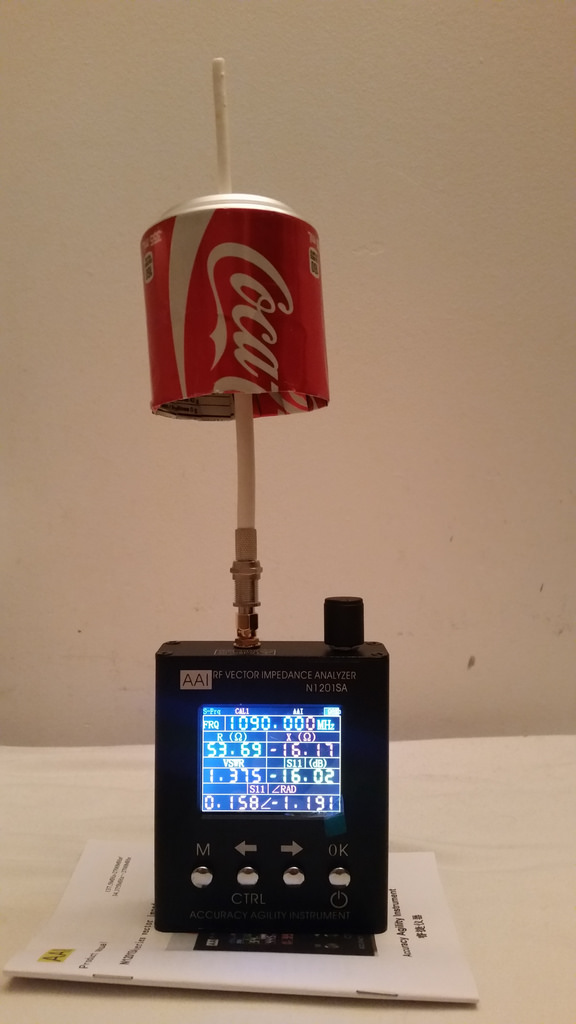
This weekend i finished a Collinear antenna and wrote a small blog at https://keptenkurk.wordpress.com/2018/03/26/a-lora-868mhz-collinear-antenna/
Couldn’t have done it without (a borrowed) N1201SA.
Interesting…
How is the reception under the antenna?
I did some colinears for 2.4Ghz in the past, but with that many half wave segments it is high gain but also quite directional (flat disc).
With the 8 segments 2.4GHz on my roof, I have almost nothing on the ground under the antenna…
(Memories, memories… my 2.4GHz colinear howto 14 years ago…)
That could indeed be a problem but then again, the range will be very close and reflections will help. Less of a problem at 868Mhz than at 2.4GHz i guess. But i will specifically test that and report back!
Another issue i am worried about is that the main lobe could not be horizontal but face down (bad for the range) or even up (even worse) due to inaccuracy of the segment sizes. I even read designs where this was deliberately done for the antenna of a gateway on a hill top.
Nice, so you built a tuned circuit.
How effective is it as an antenna ?
I didn’t build it … it’s just a nice picture 
A coke can is a very useful object, as a size referance.
Just about everyone in the World will recognise how big a coke can is.
That looks extremely nice. Real professional craftsmanship. Need to polish my French though ![]()
Page bookmarked!
I built long time ago one diapason antenna for 1090 Mhz following the plans found here: http://f5ann.pagesperso-orange.fr/AntennePCB-1090MHz/index.html
Now I see they sell an 868Mhz active version: https://shop.jetvision.de/epages/64807909.sf/en_GB/?ObjectPath=/Shops/64807909/Products/69200
Receive only looks like.
Acrice is receive only
The collinear works out very well. See https://keptenkurk.wordpress.com/2018/04/02/lora-868-mhz-collinear-results/ for the results and map-plotting.
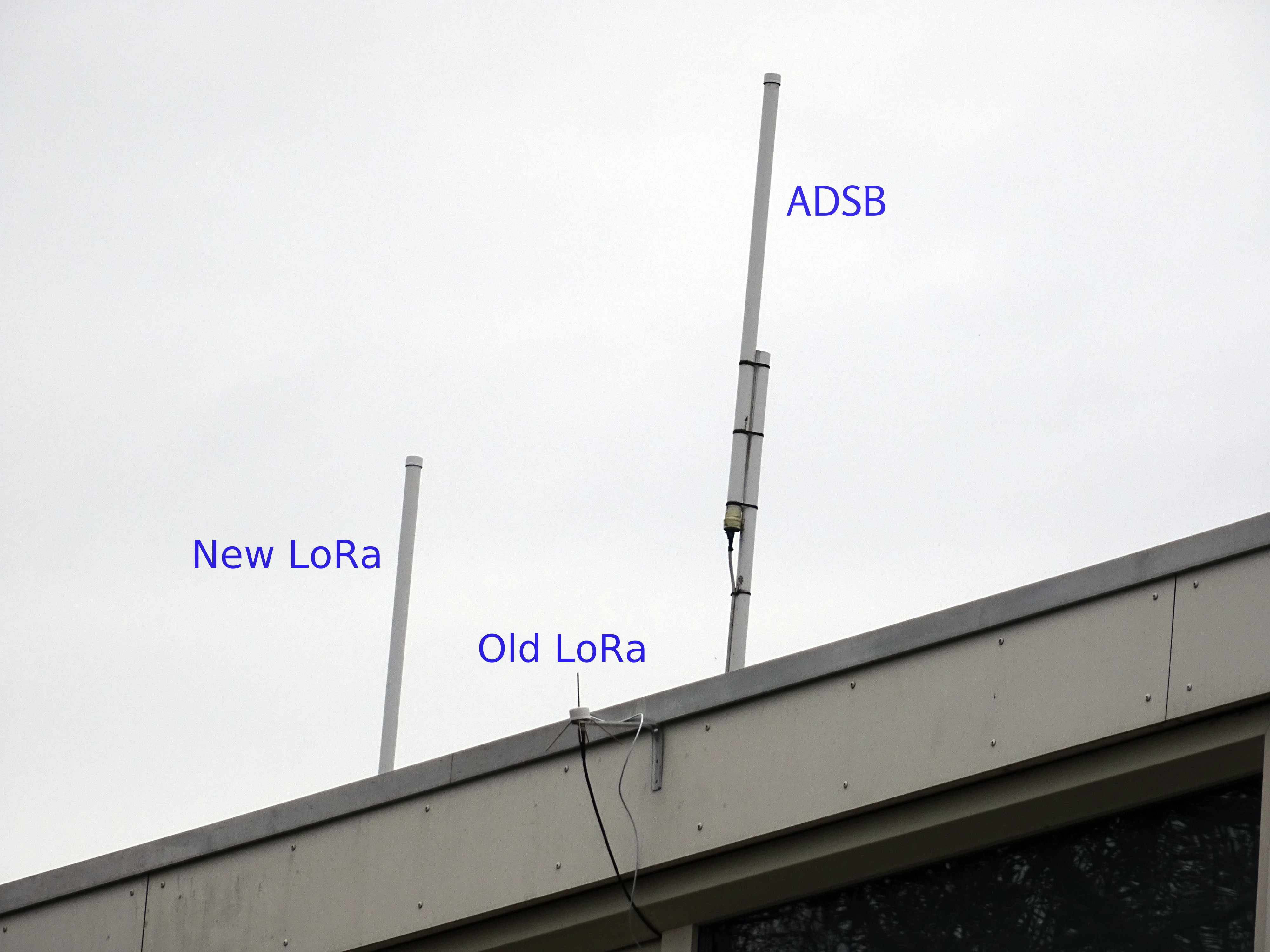
Coverage for groundplane at rooftop level (Old LoRa):
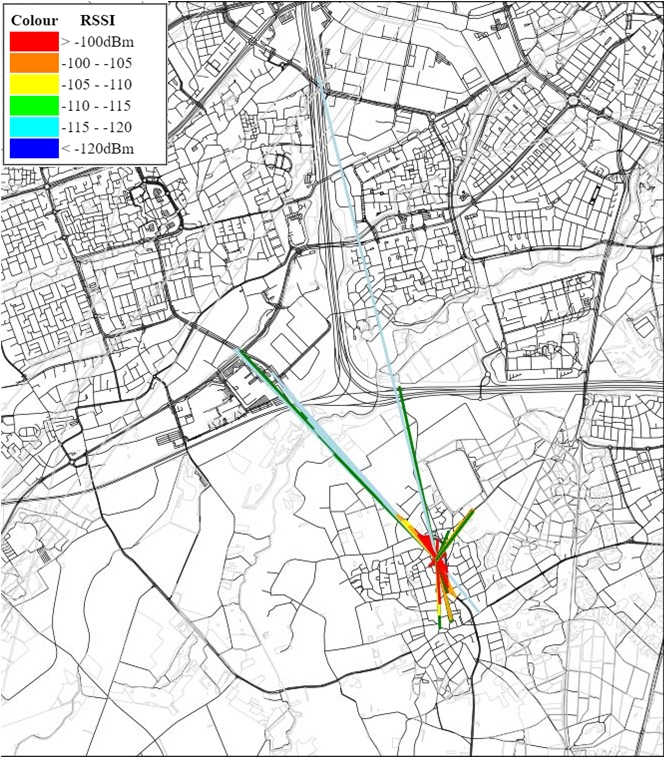
Coverage for collinear at 2m over rooftop level (New LoRa):
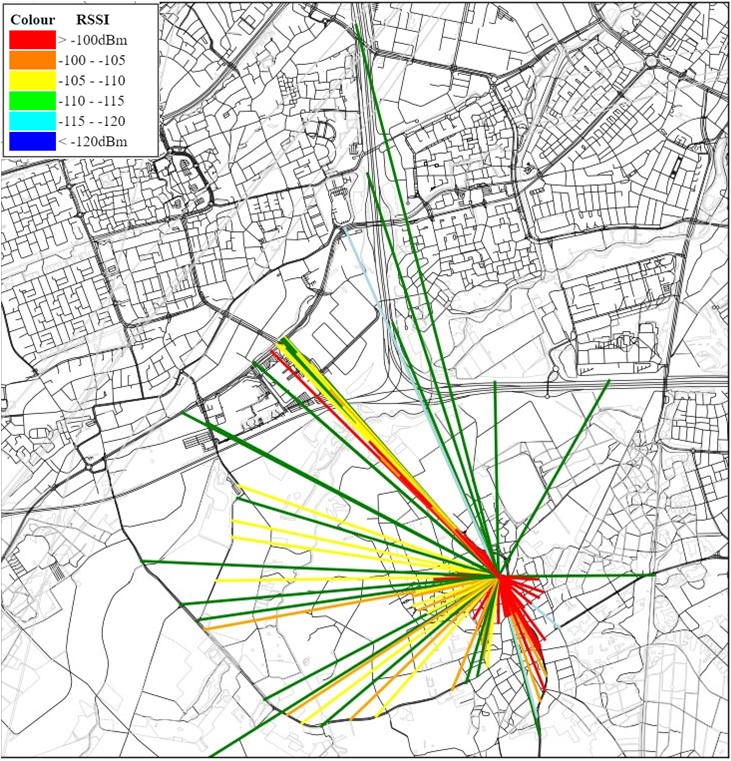
RSSI levels directly under the collinear (inhouse) dropped from about -65 to -72, so nothing to worry about.
I made a 3D printable jig to help you make your own 868MHz antenna from an SMA connecter and some 2mm brass tubing.
The instructions and the resulats are on my blog
Compared to the small monopole antenna that comes with the ESP32 LoRa node I measured an increase in the SNR of over 4dB!
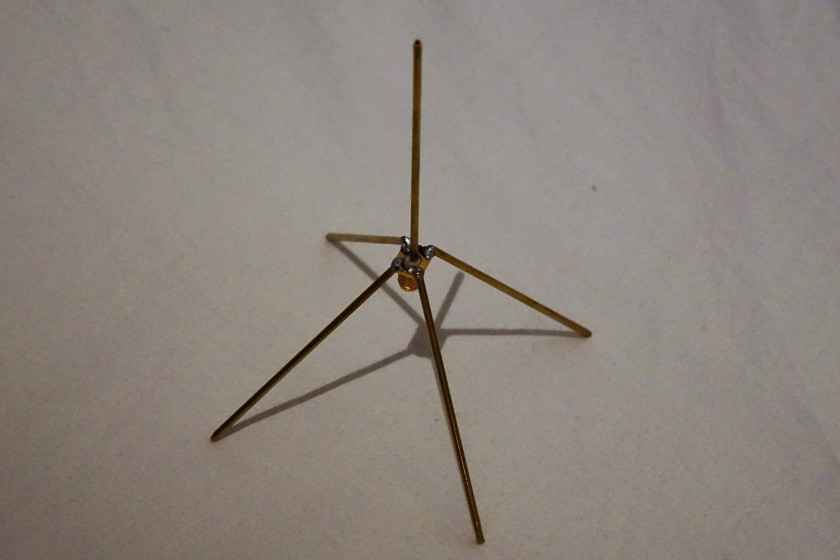
Still on my todo list. 
I’ve got the copper tube and SMA connectors waiting here already.
Is the white insulator material of the SMA connector heat (solder iron) proof?
(PTFE like or more PVC like?)
Did you take into account the length of the ground part of the SMA connector (about 3mm), for determining / adjusting the length of the ground reflector parts?
Yes, it usually is made from PTFE.